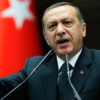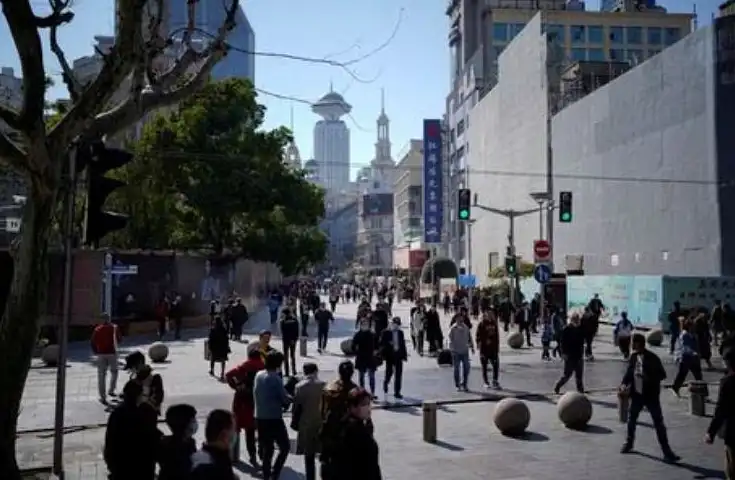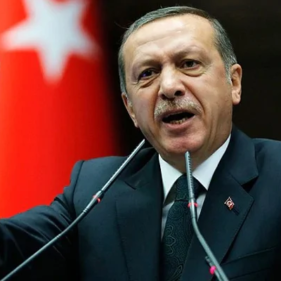China’s financial efficiency in July, which fell in need of expectations throughout retail gross sales, industrial output, and funding, has raised issues a couple of potential extended slowdown in progress. China’s progress prospects have been questioned, however the present circumstances seem distinct.
Because the starting of the second quarter, financial exercise knowledge has persistently disillusioned forecasts, intensifying worries that the nation’s economic system is approaching a crucial juncture. Related alarms had been sounded through the international monetary disaster in 2008-09 and amid a capital outflow scare in 2015. Nonetheless, China navigated these challenges by boosting infrastructure funding and inspiring property market hypothesis.
But, this time round, extreme debt ensuing from infrastructure upgrades and the burst of the property bubble have launched monetary stability dangers. With China’s funding in infrastructure and property having peaked and exports aligning with the worldwide economic system’s slowdown, family consumption is the one remaining supply of demand to govern.
The trail to restoration hinges on whether or not Chinese language households might be motivated to spend extra and save much less, probably compensating for weaknesses in different financial sectors.
The Deal with Family Demand
Not like Western shoppers, Chinese language residents had been left largely liable for their financial well-being through the COVID-19 pandemic. The anticipated surge in spending upon China’s reopening didn’t materialize. Even earlier than the pandemic, family consumption as a proportion of GDP was among the many lowest globally, making a structural imbalance in an economic system overly reliant on debt-driven investments.
Weak home demand has contributed to a restricted personal sector funding urge for food and pushed China towards deflation in July. If deflation persists, it might exacerbate the financial slowdown and deepen debt-related challenges. This consumption-investment imbalance is extra profound than what Japan skilled earlier than its “misplaced decade” of stagnation within the Nineteen Nineties.
The Severity of the Slowdown
The disappointing July exercise knowledge has led economists to query whether or not China can obtain its progress goal of round 5% for the yr with out extra fiscal stimulus. Whereas this determine represents excessive progress in comparison with different main economies, contemplating China invests roughly 40% of its GDP yearly (roughly twice the US funding charge), it stays underwhelming.
Uncertainty lingers about China’s willingness to implement substantial fiscal stimulus because of elevated municipal debt ranges. Moreover, the stress within the property market, constituting 1 / 4 of financial exercise, raises issues about policymakers’ capacity to halt the expansion decline.
Mounting Financial: Potential Shift In direction of Extended Decrease Development and Looming Stagnation
Some economists speculate that decrease progress may develop into the brand new norm, whereas others even increase the prospect of a Japan-like stagnation situation. With youth unemployment exceeding 21% and deflationary pressures impacting earnings, many shoppers and small companies might already be grappling with economic hardship corresponding to a recession.
The Impression of Curiosity Price Cuts
China’s central financial institution stunned the market by reducing rates of interest just lately. Nonetheless, economists contend that these cuts are too modest to have a considerable affect, serving primarily to sign the federal government’s readiness to stimulate the economic system. Deeper cuts might set off yuan depreciation and capital outflows, outcomes China is keen to keep away from.
Potential Options
Economists advocate for measures that will increase family consumption’s contribution to GDP. Potentialities embrace government-funded client vouchers, substantial tax reductions, accelerated wage progress, improved social security nets, and enhanced public companies.
Though no such actions have been outlined in latest Communist Celebration conferences, economists are looking forward to a pivotal celebration convention in December for extra important structural reforms.
China’s financial efficiency raises issues a couple of extended slowdown because of weak progress indicators. Extreme debt and property market dangers add to challenges. The main target shifts to stimulating family consumption and addressing structural imbalances.









